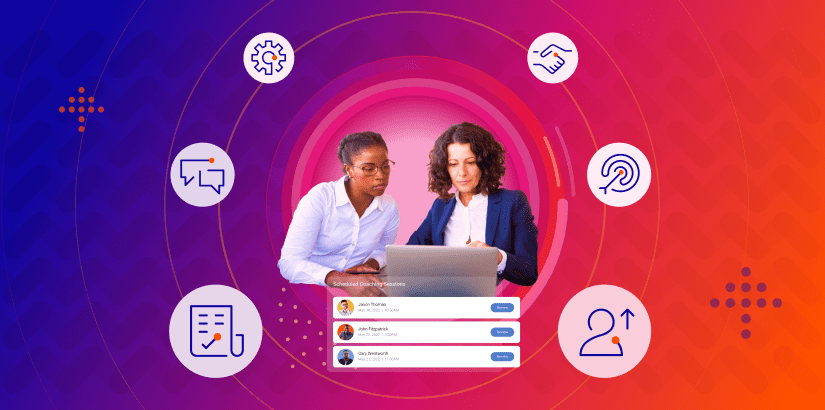What is a learning management system? It’s not a modern sales enablement solution.
Geared towards company-wide collaboration, a successful learning management (LMS) system delivers a framework for managing virtual learning, and its goal is to make communication easier and increase employee engagement and readiness. While initially boasting an improvement in sales performance, LMSs are no longer up to the task of readying sales with today’s every changing products, markets, and buyer needs.
In other words, when it comes to sales, an LMS solution is simply not enough to help salespeople gain and retain the knowledge and skills they need to sell today. That’s because LMSs…
- Are complex and lack the flexibility and agility needed to respond to change
- Lack the ability to correlate learning outcomes with performance outcomes
- Weren’t designed to deliver a modernized and engaging user experience
The good news is companies’ investment in their LMS is still important and can be improved if used alongside a modern sales enablement solution that addresses those four common pain points.
Let’s unpack a few strategies that a modern learning management system can provide.
Ongoing, dependable enablement
When it comes to sales enablement leaders, it’s common knowledge that learning and retention are at their most effective and impactful when they’re implemented on an ongoing basis. At the end of the day, it’s continuous effort that nurtures skills and adapts easily to the rapidly changing needs of the organization.
With modern enablement, reps get access to any and all information they might need: all at their own convenience. Resources are always available where and when they’re needed.
It’s crucial for reps – especially when in the field – to have access to quick updates about movements in the market, new rollouts, or changes to the product line.
Analytics-driven insight
It’s incredibly important for any modern enablement solution to provide useful insights, based on hard data, so leaders can ascertain their team’s time to productivity, effectiveness, specific competencies, and overall capabilities.
Because when an enablement solution is based on data, managers can start to understand the impact of sales enablement programs by looking at leading indicators, such as sales pipeline or sales activity metrics.
An engaging user experience
Today, regardless of where your reps are, they’re being bombarded with all kinds of information – both visual and otherwise. Distractions are common – and the effort to keeping your team engaged can become time-consuming in and of itself.
In order to make the material you share with your reps not only accessible but also engaging, you can use a sales enablement solution to create a consumer-level experience that includes mobile access, micro-learning, easy search, and gamification.
With a modern sales enablement solution, one that starts where an LMS ends, reps should be able to:
- Access content and training wherever and whenever they need it
- Receive short, bite-sized updates that provide the latest market or company news
- Practice real-life scenarios
- See and understand how their peers – specifically top-performing reps – handle the same scenarios



 By Poornima Mohandas
By Poornima Mohandas
 By Vivian Batman
By Vivian Batman
 By Rahul Mathew
By Rahul Mathew